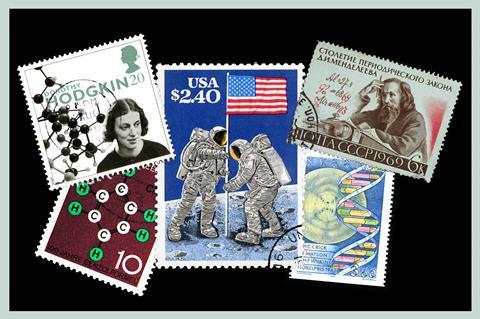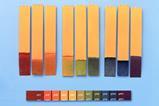Connecting lessons to the real world broadens horizons and supports exam success

Chemistry can feel abstract and far removed from our pupils’ day-to-day experiences, personal passions and interests. Chemistry is done by people, each with their individual story, for many different reasons; some are deeply personal, some focused on solving problems on a local or even global scale; some for commercial interests. To ensure a healthy supply of chemistry students in the future, we need to help students connect with the chemistry, to tell them the stories about where the chemistry they are learning comes from and where it’s going in the future.
Contexts are commonly used in exam questions to increase difficulty, changing the focus of a question from recall to application of knowledge. Students often fail to recognise application-type questions, leading them to think that the exam has asked something they haven’t been taught. It makes sense to incorporate contexts into teaching, they can provide a way of broadening students’ horizons as well as potentially supporting their achievement in external assessments.
Identifying suitable contexts
Some contexts are already directed by the curriculum and they are easy to find in older curriculum materials. Ideally contexts should be woven into the curriculum rather than forced. Where this is difficult to achieve, contexts can be used to engage students on ‘off timetable’ days.
Contexts from significant events and dates
Anniversaries and special event weeks (like British Science Week) can be useful prompts for using contexts and they are often well supported by resources from learned societies. The Royal Society of Chemistry collates a calendar series of on this day in chemistry, often with linked resources. 2019 is the International Year of the Periodic Table, celebrating 150 years since Mendeleev proposed the modern periodic table. The RSC’s Learn Chemistry website has a range of resources to incorporate this into teaching, and Education in Chemistry has a selection of articles, many with resources.
2019 also celebrates 50 years since the Apollo moon landings, a triumph of multidisciplinary science. Space is an engaging context for younger students and they often arrive from primary school with a lot of prior knowledge. The topic is traditionally the domain of physics teachers, but space chemistry is a fascinating area with a wide range of sub-disciplines of chemistry. Students could analyse moon rock, evaluate materials for space suits, learn how astronauts breathe on the space station, explore how chemistry can lead to a career as an astronaut and how Nasa has influenced technological advances on Earth.
Contexts drawn from the local area
Locally inspired chemistry can provide a way to increase science capital in your students. Consider inviting local industries employing chemists into school and planning some lessons alongside this. This is a great opportunity to showcase varied chemistry careers and help students make genuine connections with science. If there is not much in the way of an active scientific industry in your area, some research into your local area may uncover historical stories. For example, my last school was on the Lancashire coal seam and while there hadn’t been mining in the area for decades, there was evidence all around the local area of the impact of this activity.
Contexts from personal experience
Teachers bring their own experience to their classrooms; perhaps you have done a PhD or worked in industry. If you entered teaching as a new graduate, think about the chemistry that inspired you while you were studying, or the area you did your dissertation on. What stories could you bring into your lessons?
Preparing for using contexts in lessons
It is useful to do some background reading before you plan to use a context in your lesson. To incorporate the anniversary of moon landings, why not read about the work of Harry Kroto whose Nobel prize-winning discovery of a new allotrope of carbon had its origins in space. Investigate the logistics of humans spending long periods of time on the ISS. As well as resources for 14–16 year olds, this article is also a suitable read for the age group.
One question that students often bring up is how we find out about stars and planets that we have never landed on. The development of instruments that are light enough to travel to space and carry out reliable analysis is another interesting question to explore.
Be clear on the when and why
Context-led teaching has two models: firstly, the use of context as a device to introduce a concept, and secondly, the teaching of concepts as abstractions, which are later applied to contexts. Whichever model you choose when planning your lesson activities, think about the sequencing of the concepts to be learned or applied.














No comments yet